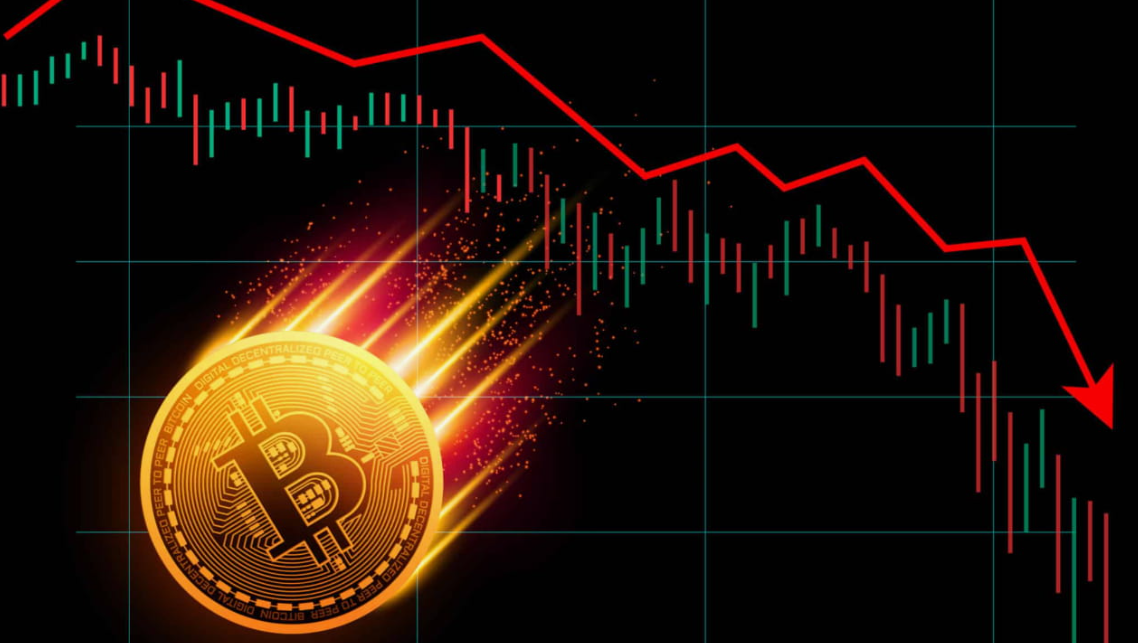Hey there, fellow crypto enthusiasts! If you’re diving into the world of cryptocurrency, understanding how to read crypto charts is super important. These charts can help you make better investment decisions and potentially boost your profits. In this article, we’ll break down everything you need to know about reading crypto charts in a simple, friendly way.
Why Crypto Charts Matter
Visualizing Data
Crypto charts show you how a currency has performed over time. This visual representation makes it easier to spot trends and patterns, which is way better than just staring at numbers.
Making Informed Decisions
By analyzing crypto charts, you can make smarter investment choices. Instead of relying on gut feelings, you can use actual data to guide you.
Understanding Market Trends
Charts help you grasp the bigger picture. They let you see if a coin is trending up or down, helping you decide when to buy or sell.
The Basics of Crypto Charts
Before we get into the nitty-gritty, let’s cover the basic types of crypto charts you’ll come across.
1. Line Charts
- What It Is: A simple line that connects closing prices over time.
- Usefulness: Great for getting a quick overview of price movement.
2. Bar Charts
- What It Is: Displays open, high, low, and closing prices for a specific time frame.
- Usefulness: Helps you understand market volatility and price range.
3. Candlestick Charts
- What It Is: Similar to bar charts but with a more visual approach. Each “candlestick” shows open, high, low, and close prices.
- Usefulness: Perfect for spotting trends and reversals.
4. Volume Charts
- What It Is: Shows how much of a cryptocurrency was traded over a specific period.
- Usefulness: Helps you see the strength behind price movements.
Key Elements of Crypto Charts
Now that we know the types of charts, let’s break down some important elements you’ll see on them.
1. Time Frames
- What to Look For: You can choose different time frames like minutes, hours, days, or weeks. Shorter time frames can show quick fluctuations, while longer ones show overall trends.
2. Support and Resistance
- Support: A price level where a cryptocurrency tends to stop falling and might bounce back up.
- Resistance: A price level where it usually stops rising and might fall back down.
3. Indicators
- Moving Averages: Helps smooth out price data to identify trends.
- Relative Strength Index (RSI): Measures the speed and change of price movements, helping to spot overbought or oversold conditions.
How to Read Crypto Charts Step-by-Step
Ready to get into it? Here’s how you can start reading crypto charts effectively.
Step 1: Choose Your Chart
Pick the type of chart you’re most comfortable with. I personally prefer candlestick charts because they give a lot of information at a glance.
Step 2: Analyze the Time Frame
Select a time frame that suits your trading style. If you’re day trading, you might want to look at hourly charts. For long-term investments, daily or weekly charts are better.
Step 3: Look for Patterns
Pay attention to price movements. Are there any recognizable patterns like “head and shoulders” or “double tops”? These can indicate potential price reversals.
Step 4: Identify Support and Resistance
Mark the support and resistance levels on your chart. This will help you see where the price is likely to bounce back or face obstacles.
Step 5: Use Indicators
Incorporate indicators like moving averages and RSI to get a clearer picture of market momentum and potential reversals.
Step 6: Keep an Eye on Volume
Look at the volume chart alongside the price chart. High volume can confirm trends, while low volume may signal a lack of interest.
Personal Insights on Reading Crypto Charts
When I first started looking at crypto charts, I was lost. It felt like I needed a degree in finance to understand anything. But over time, I learned to focus on just a few key indicators and patterns. Honestly, practice makes perfect!
I still remember the first time I spotted a bullish pattern on a chart and made a successful trade. It was exciting! The more you look at charts, the easier it gets.
Common Mistakes to Avoid
1. Ignoring Volume
Volume is key! A price change without accompanying volume might not mean much. Always check it out.
2. Overanalyzing
It’s easy to get caught up in too many indicators. Stick to a few that work for you and avoid confusion.
3. FOMO Trading
Fear of missing out can lead to bad decisions. Always rely on your chart analysis rather than jumping in based on hype.
FAQs
What are crypto charts?
Crypto charts visually represent the price movements of cryptocurrencies over time, helping investors make informed decisions.
How do I read a candlestick chart?
Each candlestick shows the open, high, low, and close prices for a given time frame. The body shows price movement, and the wicks show price extremes.
Why is volume important in crypto trading?
Volume indicates how much of a cryptocurrency is being traded. High volume often confirms trends, while low volume can signal uncertainty.
What are support and resistance levels?
Support is a price level where a cryptocurrency tends to stop falling. Resistance is where it usually stops rising. These levels help predict price movements.
How do I choose the best indicators for my analysis?
Start with a few key indicators like moving averages and RSI. See what works for your trading style, and don’t overload yourself with too many.




